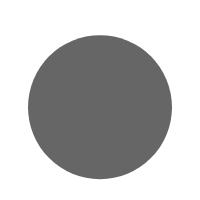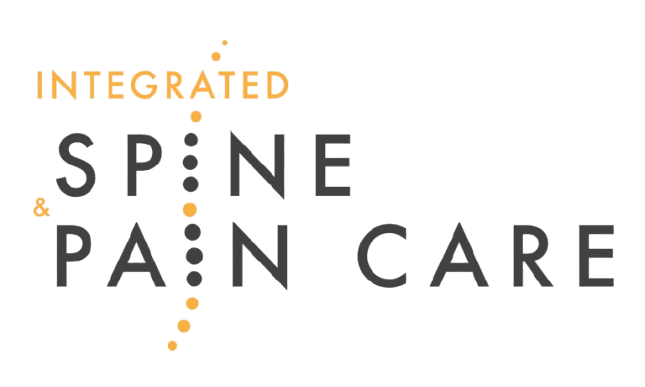Cervical Radiculopathy
This condition is an irritation or compression of one or more nerve roots in the cervical spine. Because these nerves travel to the shoulders, arms and hands, an injury in the cervical spine can cause symptoms in these areas. Cervical radiculopathy may result from a variety of problems with the bones and tissues of the cervical spinal column.
Cluster Headaches
This condition is a neurological problem that results in periodic episodes of intense pain. Cluster headaches are one of the most painful types of headaches. They often strike in cyclical patterns. The person will have frequent bouts of cluster headaches, and then the headaches will stop completely for a period of time.
Coccydynia
This condition is an inflammation of the tip of the tailbone, called the coccyx. It causes pain and tenderness between the buttocks.
Compression Fractures of the Spine
This type of fracture is a collapse of the vertebral bone that can affect one or more vertebra. It can result in a severe deformity of the spinal column. Compression fractures may affect any of the vertebrae, but most commonly occur in the lower thoracic and upper lumbar regions.
Concussion
This common brain injury is caused by an impact to the head or upper body. A concussion interferes with brain function. In most cases the effects are mild and temporary, and the concussion does not cause permanent injury. But a concussion is a serious injury that can cause lasting brain damage or death if not treated properly.
Degenerative Disc Disease
This condition is a weakening of one or more vertebral discs, which normally act as a cushion between the vertebrae. This condition can develop as a natural part of the aging process, but it may also result from injury to the back.
Facet Joint Syndrome
This condition is a deterioration of the facet joints, which help stabilize the spine and limit excessive motion. The facet joints are lined with cartilage and are surrounded by a lubricating capsule that enables the vertebrae to bend and twist.
Herniated Disc (Cervical)
When a disc in the cervical spine ruptures, soft material from inside the disc can form a bulge that presses painfully against the spinal cord and nerve roots.
Herniated Discs
A herniated disc is a common injury that can affect any part of the spine. A herniated disc can cause severe pain and other problems in the arms or legs.
Kyphosis
This unnatural curving of the spine is a deformation caused by disease or damage to the vertebrae.
Lumbar Radiculopathy (Sciatica)
This condition is an irritation or compression of one or more nerve roots in the lumbar spine. Because these nerves travel to the hips, buttocks, legs and feet, an injury in the lumbar spine can cause symptoms in these areas. Sciatica may result from a variety of problems with the bones and tissues of the lumbar spinal column.
Migraine Headaches
A migraine is an intense, throbbing headache that may be accompanied by nausea or dizziness. A migraine can last from hours to days.
Muscle Strain of the Upper Back (Trapezius Strain)
This common injury is a stretching or tearing of the trapezius. This large muscle group spans the upper back, shoulders and neck. These muscles are commonly called the “trap” muscles.
Post Laminectomy Syndrome
Post laminectomy syndrome, also called failed back syndrome, is a continuous and chronic pain that can develop after certain types of back surgery.
Scoliosis
About two percent of people are affected by this deformation of the spine, which causes the normally straight spine to curve.
Spinal Epidural Abscess
This mass is a collection of pus that forms in the spinal canal. It forms between the spinal cord (or nerve roots) and the vertebral bones. In the cervical and thoracic regions of the spine, it can press against the spinal cord. In the lumbar region, it can press against the nerve roots. A spinal epidural abscess can cause problems throughout the body.
Spinal Infection
In most cases, spinal infection is caused when an illness or infection somewhere in the body is carried to a disc in the spinal column. Even when the illness has passed, the infection stays in the disc and spreads to the vertebral bones, causing pain and deformity.
Spinal Stenosis
The spinal column contains open spaces that create passageways for the spinal cord and the spinal nerves. Spinal stenosis is a narrowing of (or an intrusion into) these openings. This can cause a compression of the nerves. Spinal stenosis most commonly affects the cervical and lumbar regions of the spine.
Spinal Stenosis (Cervical)
This condition is a narrowing of the spinal canal that results from the degeneration of bones, discs, or joints in the cervical spine.
Spinal Stenosis (Thoracic)
This condition affects the thoracic spine between the neck and the lower back. It is a narrowing of the spinal canal that results from degeneration of bones in the spine, disc herniation, or thickening of the tissues that surround the spinal cord.
Spondylolisthesis
In this condition, damage to bones or joints causes vertebrae to slip forward and distort the spinal cord. This animation will show two types of spondylolisthesis, degenerative and isthmic.
Tension Headaches
Tension headaches, the most common type of headache, are characterized by mild to moderate pain that is usually focused across the forehead.
Thoracic Outlet Syndrome
This condition is a compression of the nerves and blood vessels as they pass through the thoracic outlet – the space between the collarbone and the first rib.
Trigeminal Neuralgia (TN)
This chronic condition is caused by a misfiring of the trigeminal nerve. An attack causes brief episodes of extreme, shooting pain.
Whiplash (CAD Syndrome)
Whiplash, also called cervical acceleration/ deceleration (or CAD) syndrome, is a neck injury commonly caused by car accidents, falls, and contact sports. It results from a quick, jerking motion that forces the neck beyond its normal range of motion.
Whiplash Headache
Nearly 80 percent of people who experience whiplash develop a chronic headache, also known as cervicogenic or neck-related headache.

